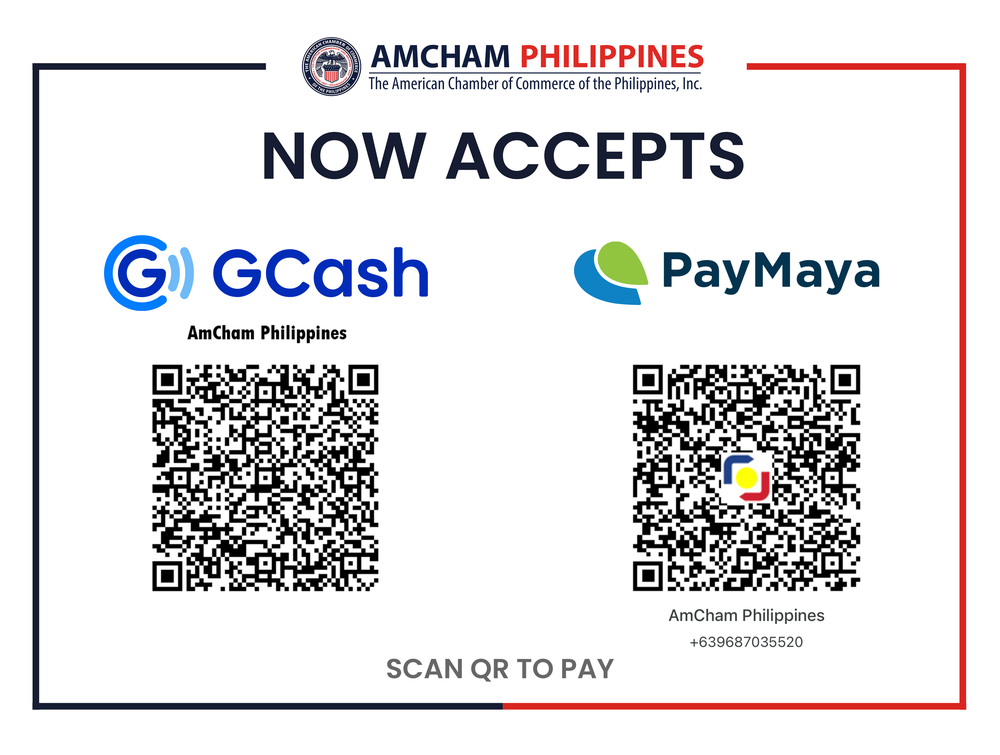Training Overview
Diversity and inclusion, which are the real grounds for creativity, must remain at the center of what we do. - Marco Bizzarri
This program first explores the concepts and differences between diversity and inclusion (DI). Then, it equips participants with practical skills as well as different approaches in identifying the "barriers" in leading different types of people effectively in different situations to impact business results. In the end, it assists the participants to draw practical conclusions on the best practices to incorporate in their personal tool kit.
PROGRAM OBJECTIVES
At the end of the complete program, the participants would be able to:
- Differentiate between diversity and inclusion;
- Define the importance of the changing roles and challenges faced by leaders in the current business milieu;
- Identify the fundamentals of "unconscious bias";
- Identify the 19 types of "unconscious bias" occurring in the workplace and its impact on overall organizational success;
- Use simple strategies to address these "unconscious biases" to create a culture of "diversity, equity, and inclusion" in the workplace.
MODULE CONTENTS
I. Module One – The Fundamentals
"Companies that embrace diversity and inclusion in all aspects of their business statistically outperform their peers." – Josh Bersin.
Call for Diversity and Inclusion
Diversity and Inclusion refer to the set of strategies, policies, and missions adopted by a company to create and encourage an inclusive workplace that attracts a diverse pool of talent from various cultural backgrounds. Apart from being a business advantage, companies with D&I policies and practices are more creative and supportive of different voices, thus attracting the top talent in any industry. Making a company diverse and inclusive is much more than a matter of ethics. It is also a driving force of growth, revenue, and profit.
Differences between "diversity" and "inclusion"
The 2018 Gallup Report said that the first step in creating a diverse and inclusive culture is acknowledging the fact that diversity and inclusion are two different concepts.
Companies must not confuse diversity with inclusion. Although clubbed, and talked about together, both the terms are not synonymous, and one does not automatically imply the other. Although clubbed together, diversity and inclusion are two different terms. "
II. Module Two – Unconscious Bias – Its Crucial Role in Building a Culture of Diversity and Inclusion
Unconscious biases are learned assumptions, beliefs, or attitudes that we aren't necessarily aware of. While bias is a normal part of human brain function, it can often reinforce stereotypes.
To combat unconscious bias, learn about different types of biases, how they might surface at work, and how to avoid them so you can build a more inclusive and diverse workplace.
Whether we realize it or not, our unconscious biases influence our professional lives, from the way we think to the way we interact with colleagues. Unconscious biases are mental shortcuts that aid decision-making as the brain processes millions of pieces of information per second.
That being said, these biases can lead to skewed judgments and reinforce stereotypes, doing more harm than good for companies in all areas of decision making.
- Anatomy of Prejudice or Bias
- 19 Types of Unconscious Bias
- Strategies in Addressing These Types of Unconscious Bias


